Traditional Industries of Tokushima
-
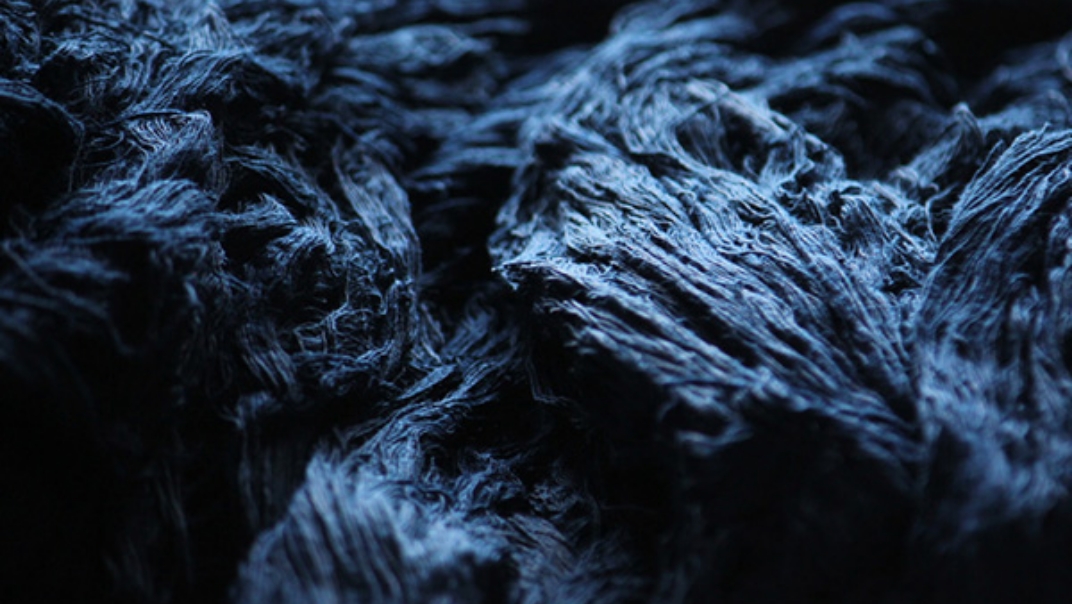
Awa Ai (Awa Indigo)
Awa Ai refers to the natural indigo dye called “sukumo,” made by fermenting indigo leaves, specifically produced in Tokushima Prefecture. Compared to other indigo dyes, it has a deep color without being dark, possessing a unique characteristic of being bright and vibrant, almost as if it shines.
-
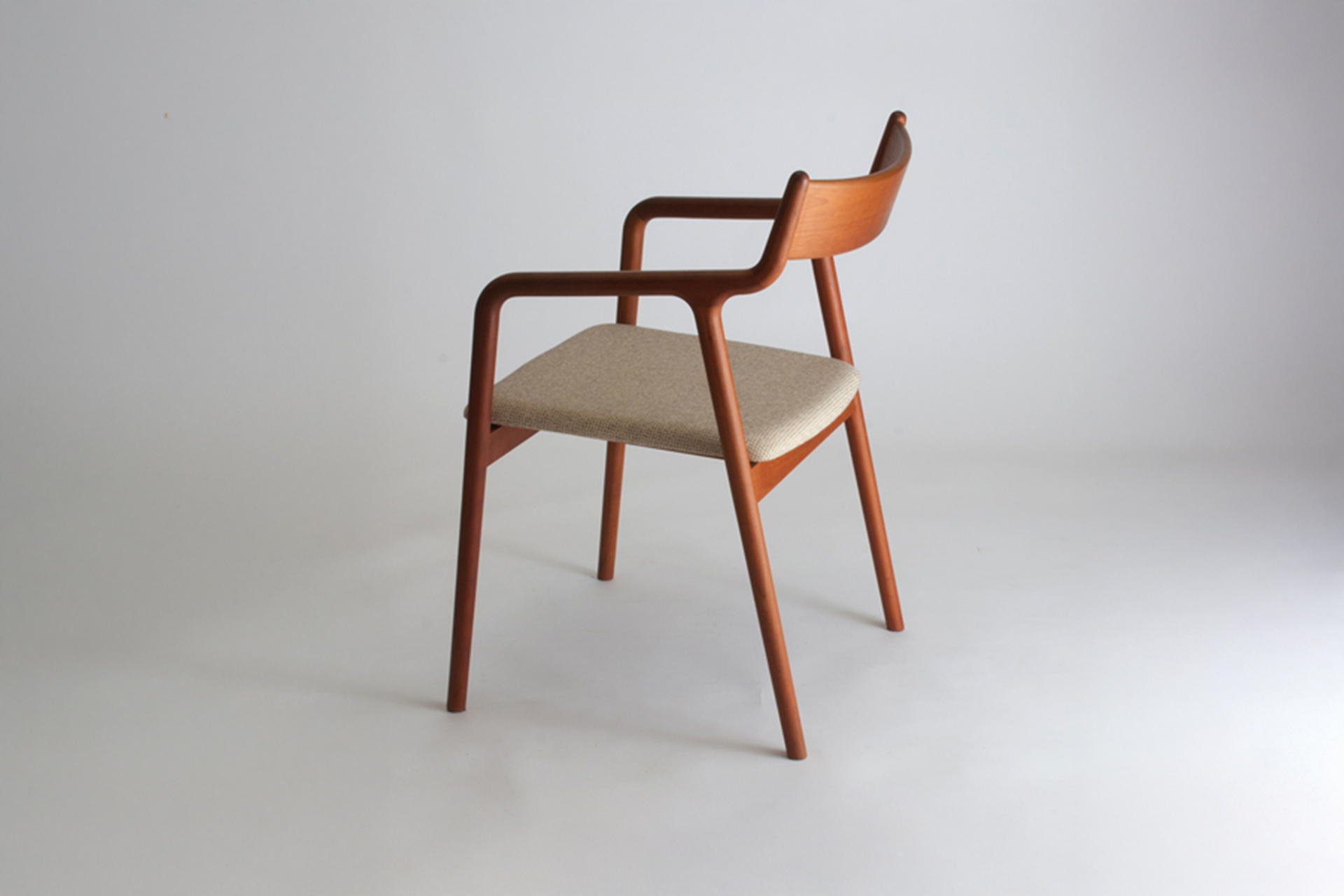
Wood and Bamboo Craft Industry
In 1585, during the Tenshō era, Tokushima Castle was established under the leadership of Lord Hachisuka Iemasa. The shipbuilding and repair techniques, which were vital for the management of the domain’s military ships, were passed down to the descendants of the ship carpenters. These skills later evolved into the production of furniture and fittings.
-
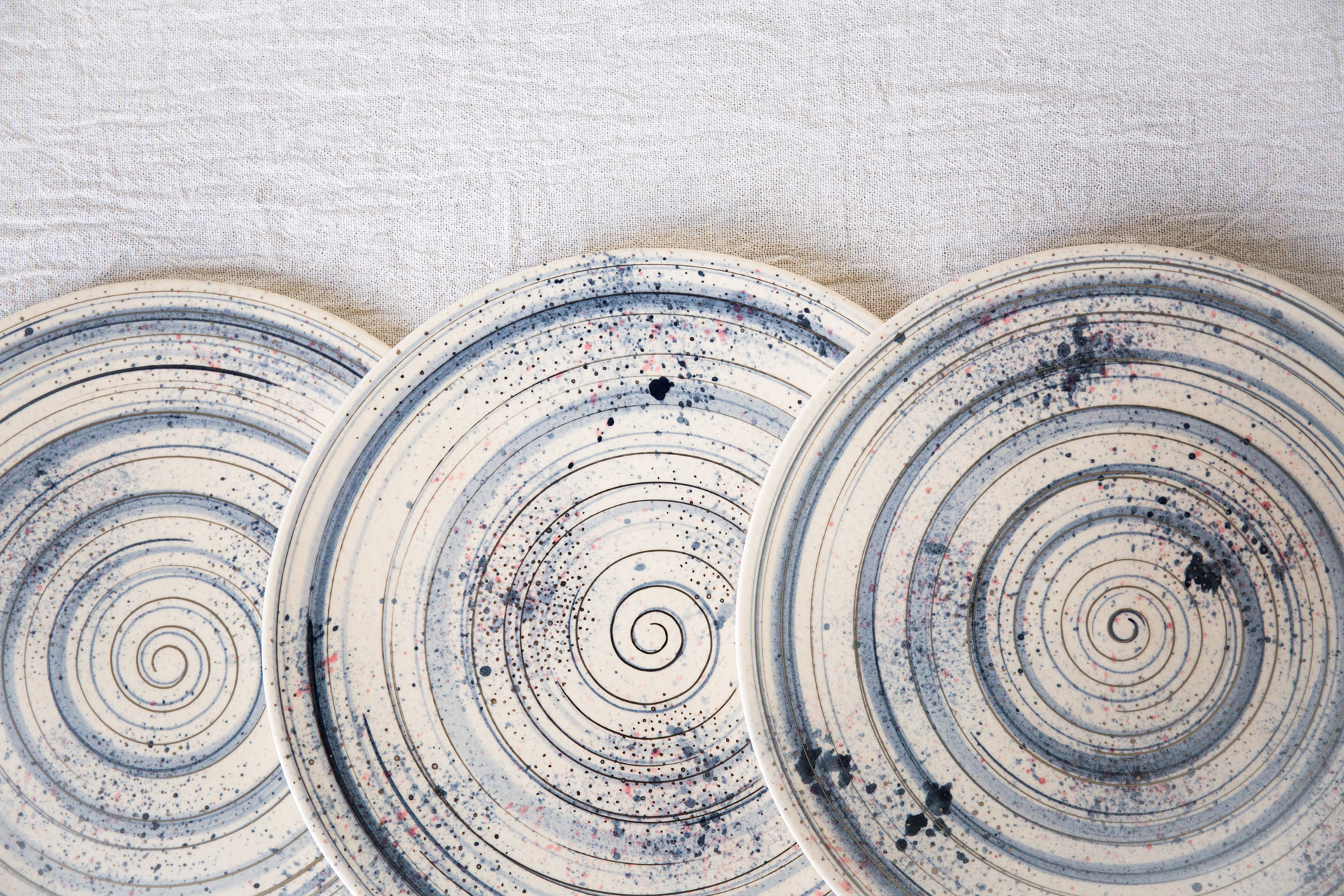
Otani Yaki (Otani Ware)
This pottery, cultivated over 230 years in Oasa-cho, Naruto City, Tokushima Prefecture, is characterized by its high iron content, giving it a unique rough texture and a metallic-like sheen. A wide range of ceramics is produced, from large water jars and lotus flower pots to everyday items such as teacups and rice bowls.
-

Karaki Butsudan (Buddhist Altars)
Like the wood and bamboo industry, the high-level skills of ship carpenters passed down through generations gave rise to the industry of manufacturing Karaki Butsudan (Buddhist altars). Karaki Butsudan are known for their beautiful wood grain and durability, crafted from rare hardwoods such as rosewood and ebony. These high-end altars are meticulously made using traditional techniques.
-
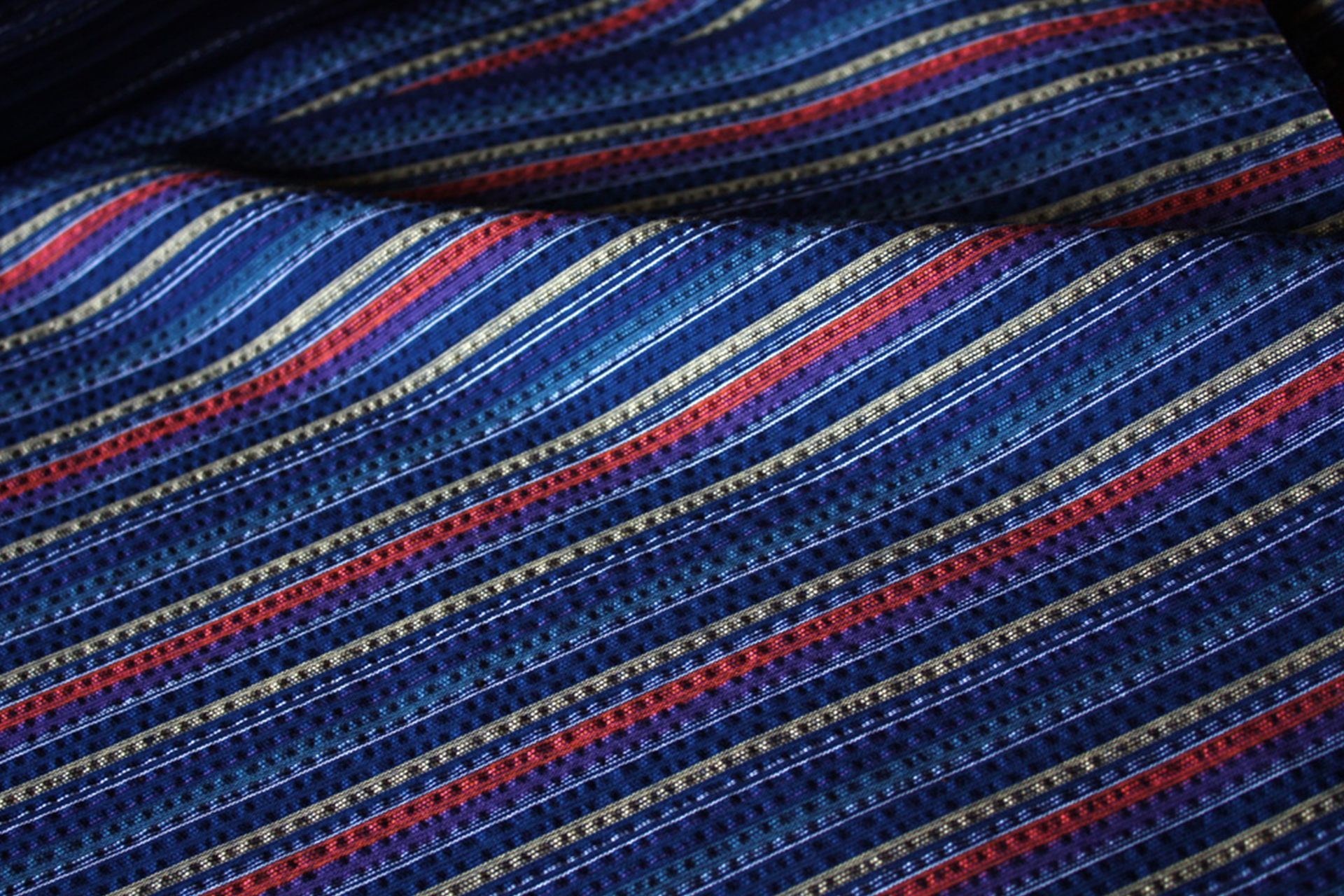
Awa Shijira Ori (Fabrics)
Awa Shijira Ori (Awa Shijira Fabrics) is a traditional fabric made using Tokushima’s specialty cotton and a unique technique that creates a texture known as “shibo” (pleats or ripples). Lightweight and breathable, it is cool and comfortable to wear even in summer, making it widely popular for items such as yukata and clothing.
-
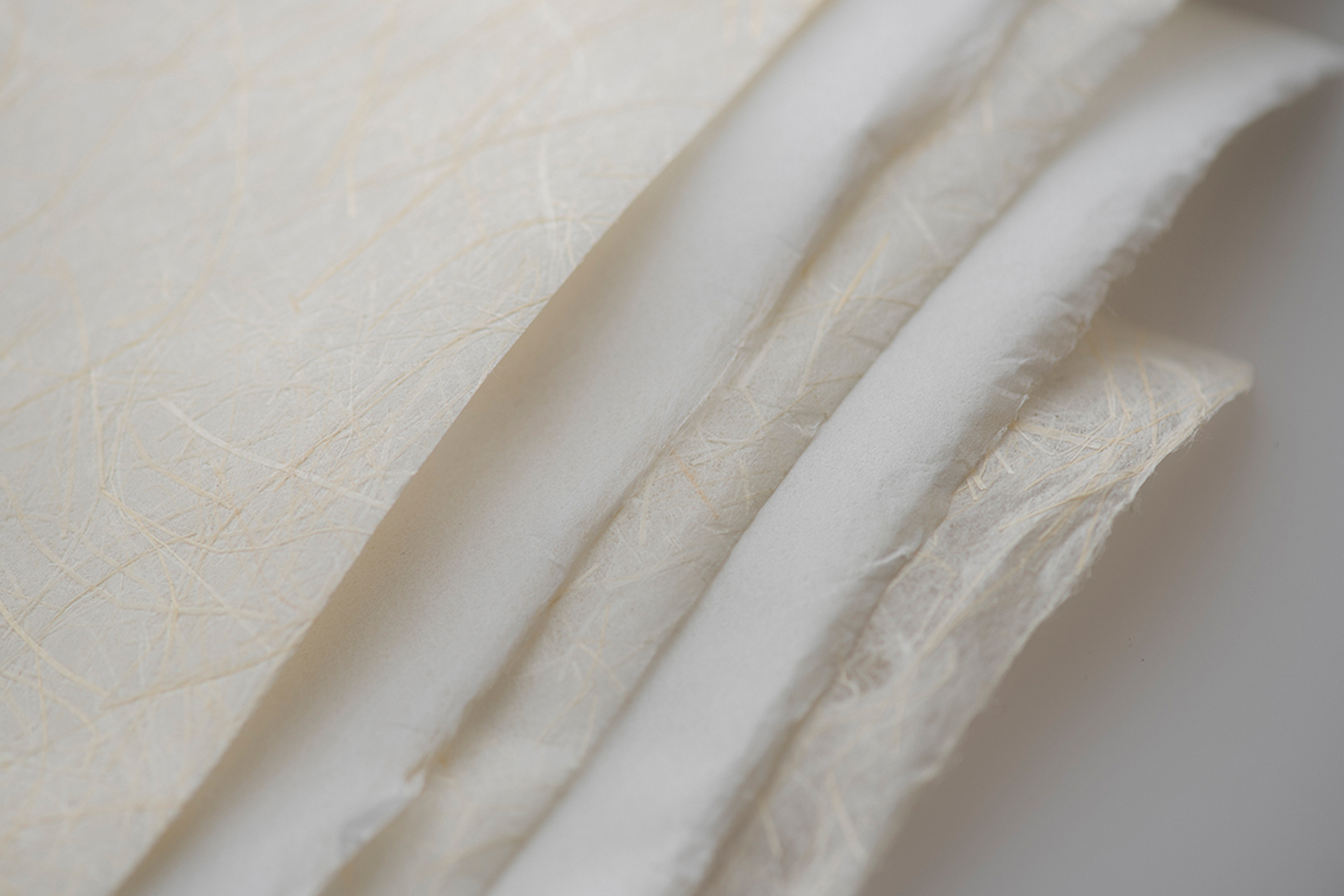
Awa Washi (Japanese Paper)
Awa Washi (Awa Japanese Paper) is handmade Japanese paper traditionally produced in Tokushima Prefecture, using natural materials such as kozo (paper mulberry) and mitsumata. Known for its high strength and beautiful texture, it is used for a wide range of applications, including calligraphy, shoji paper, and crafts.